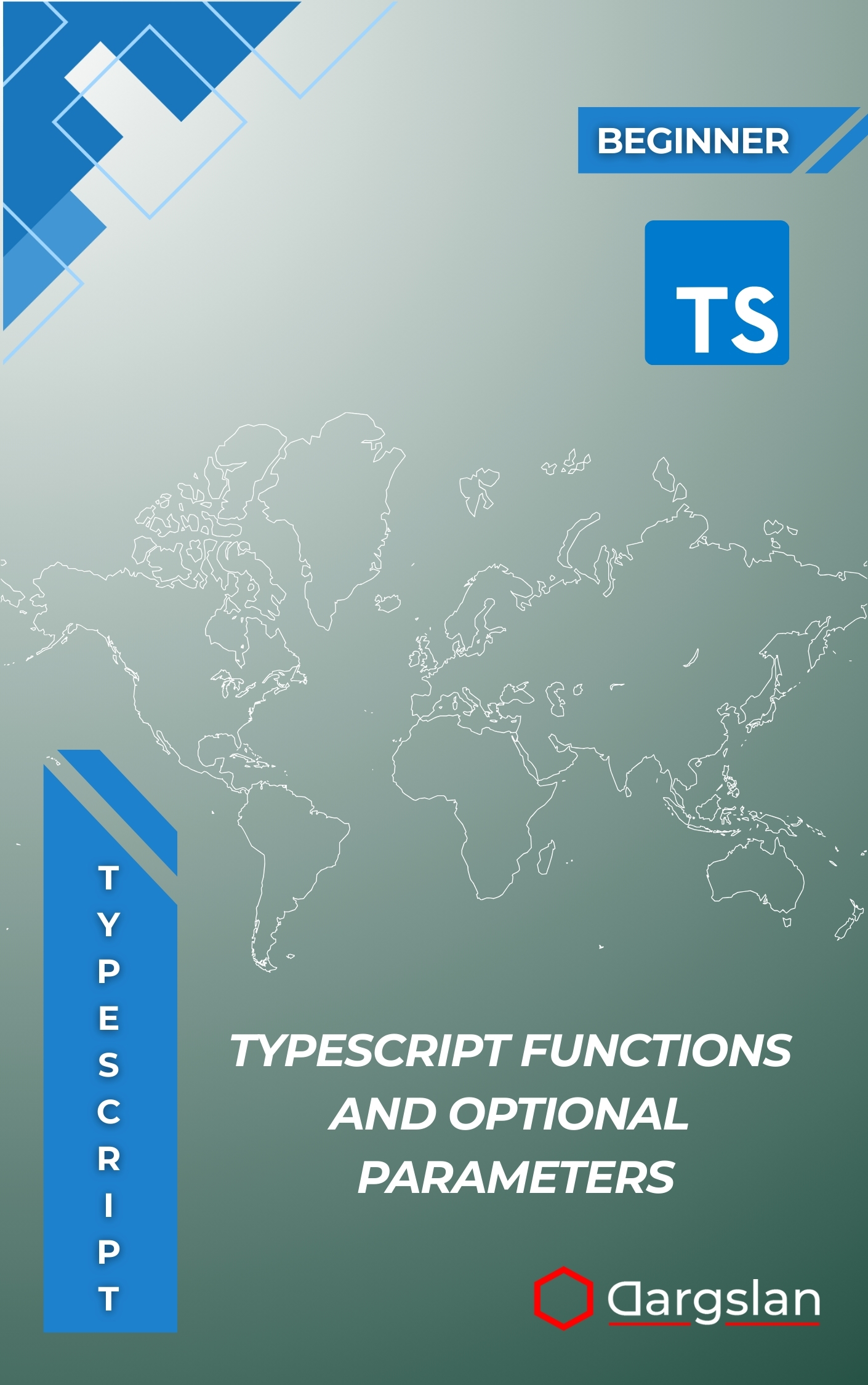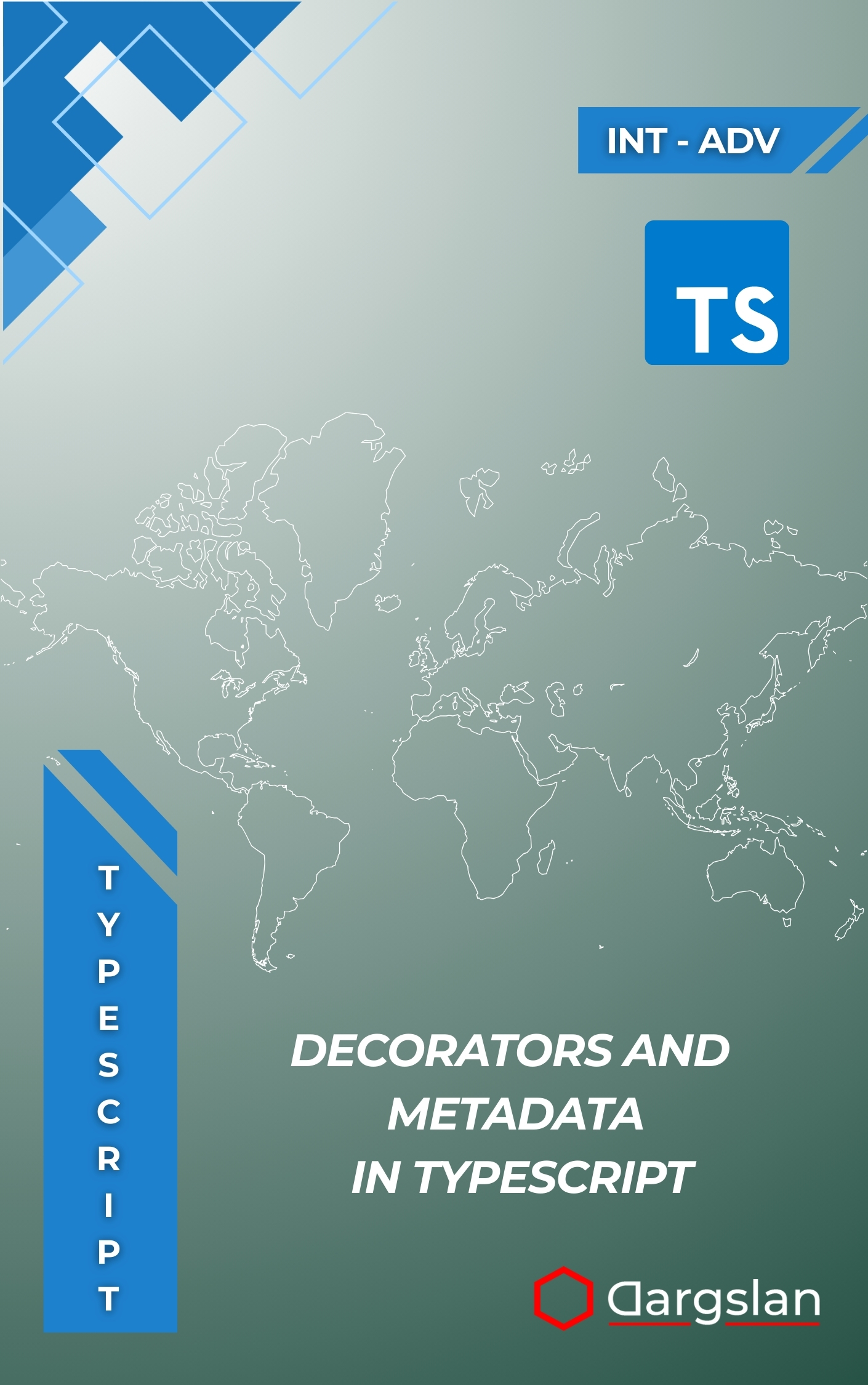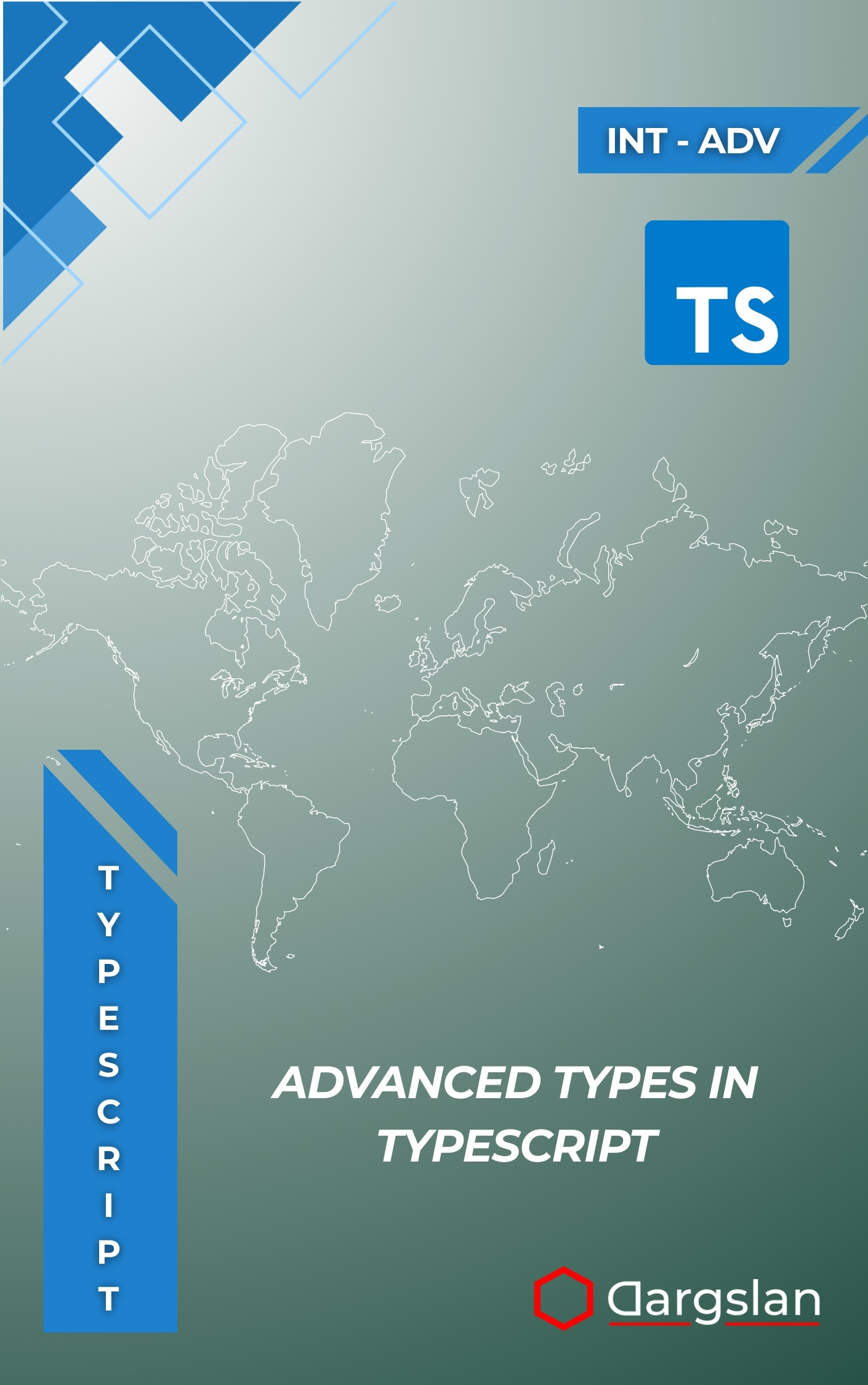TypeScript Functions and Optional Parameters
TypeScript Functions and Optional Parameters,Write flexible, type-safe functions using TypeScript's parameter features.

Master Function Typing, Optional Arguments, and Flexibility in TypeScript Code
Turn brittle JavaScript functions into reliable, self-documenting contracts. This expert-crafted guide demystifies optional parameters and shows you how to design flexible, type-safe APIs that scale across frontend and backend codebases.
Overview
TypeScript Functions and Optional Parameters is a practical, example-driven resource that teaches you how to design, type, and refactor functions with confidence. In one cohesive programming guide, you’ll master function type annotations, optional parameters, default parameters, anonymous function typing, arrow function types, function type aliases, function interfaces, rest parameters, function overloads, callback typing, higher-order functions, generic functions, and API design patterns. It also covers JavaScript to TypeScript migration, type error debugging, function best practices, and ESLint rules for functions—making it an ideal IT book, technical book, and hands-on reference for working developers.
You’ll learn when to favor optional versus defaulted parameters, how to prevent undefined traps, and why carefully typed callbacks and overloads improve developer experience. Whether you build React components, craft Node.js services, or maintain shared libraries, this resource helps you ship cleaner, safer TypeScript.
Who This Book Is For
- JavaScript developers upgrading to TypeScript who want immediate, real-world wins—learn to express intent with precise function signatures and eliminate bugs before runtime.
- Backend and API engineers seeking clear patterns—discover when to use overloads, generics, and interfaces to model flexible yet predictable function contracts.
- Team leads and code reviewers aiming for consistent standards—adopt best practices, ESLint-backed rules, and migration strategies that raise code quality across your stack.
Key Lessons and Takeaways
- Design safer parameters and returns: confidently apply optional parameters, default values, and rest parameters to express intent, prevent undefined issues, and keep APIs ergonomic.
- Leverage advanced typing to scale: use function type aliases, interfaces, higher-order functions, generic functions, and overloads to model complex behaviors without sacrificing clarity.
- Ship production-grade code: migrate JavaScript functions to TypeScript, troubleshoot type errors quickly, and enforce consistent function styles with targeted ESLint rules.
Why You’ll Love This Book
This guide blends clarity with depth, offering step-by-step explanations and production-ready examples that fit how modern teams actually build software. You’ll see patterns applied across React event handlers, Node.js services, and shared utilities, so every lesson translates into immediate value on the job.
Instead of abstract theory, you get practical decision frameworks: when to add a default value, when to accept undefined, how to model function overloads responsibly, and how to type callbacks for better DX. The result is a toolkit you can reach for whenever you define or refactor a function.
How to Get the Most Out of It
- Follow a progressive path: start with function signatures and parameter modifiers, then move into type aliases, interfaces, and generics. Finish with higher-order functions, overloads, and API design patterns to solidify your mental model.
- Apply concepts in your codebase: refactor a few high-traffic functions, replacing loosely typed arguments with clear annotations. Introduce optional parameters only where they reflect real-world variability, and prefer defaults when you can guarantee a sensible fallback.
- Practice with mini-projects: build a typed utility library with overloaded functions, type a callback-driven module (e.g., a fetch wrapper), and create a small React component set that demonstrates optional props versus defaulted props. Add ESLint rules for functions to keep your patterns consistent.
Get Your Copy
Level up your TypeScript function design, eliminate ambiguity, and deliver APIs your teammates love to use. If you’re ready to write safer, clearer, and more maintainable code, this resource will get you there.
Bring stronger typing to every function you ship—across feature work, refactors, and long-term maintenance. Your future self (and your users) will thank you.




